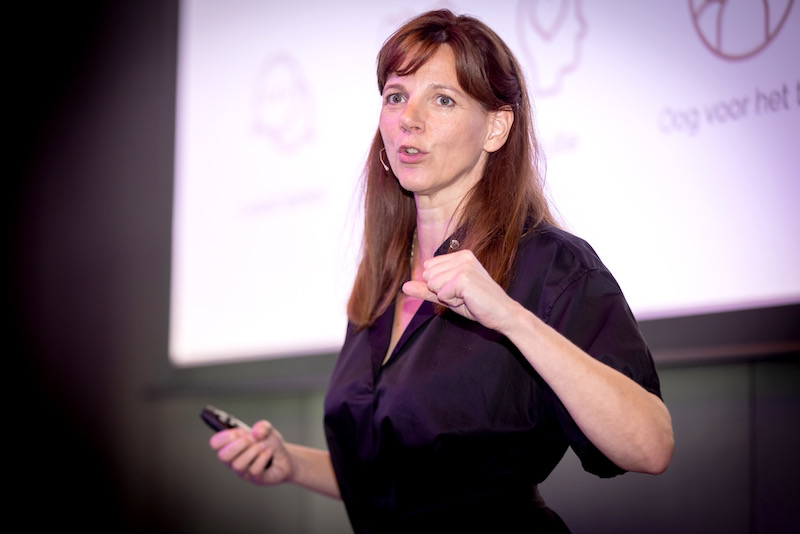|
Is it true, that building an effective and cohesive team is so hard?
Organizations ask me to help them strengthen the engagement of their teams. Crucial in this process is management setting an example. You can not expect your employees to do what your management team isn’t able to do. That’s why I often start with building trust and commitment within the management team. After all, we are all humans with our fears, strengths and weaknesses. That’s why it is normal that also in management teams you find office politics, grudges, fear of failure and people avoiding feedback. The only way to overcome this, is to start building trust.
Or could it also be plain simple?
Working on openness, awareness and vulnerability, is not what makes most teams jump up and down of excitement. They’d rather avoid these – how they call them -fluffy, touchy-feeling sessions. Until they find out that fluffiness is not what these session are about. On the contrary they often find them rather confrontational. But they’re ok with that because they discover that it helps them in making faster and better decisions. It helps them in understanding each other, so they don’t have to put their energy in playing games and feeling bad about each other. Instead it enables them to put their full 100% in achieving results.
|

0 reacties